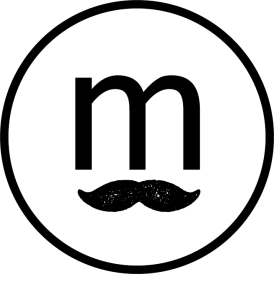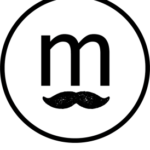Case Study Designing a customer-facing website
As the Director of Design, I led the creation of a user-centric, visually engaging website for our company’s flagship product, developing both the branding and design elements. We aimed to improve customer engagement, simplify navigation, and create an intuitive experience that embodied our brand identity. We delivered a product that elevated customer satisfaction and conversion rates by implementing a structured design process and prioritizing user needs.

Challenges & Solutions
Brand Consistency: I developed a cohesive brand identity that could adapt digitally, introducing fresh elements to ensure the site felt modern.
Scalability: The design needed flexibility to support future growth and additional product offerings.

Process & Strategy
Wireframing and Prototyping: We developed wireframes and prototypes, balancing layout clarity and aesthetic appeal. High-fidelity prototypes included interactions and animations for stakeholder previews and usability tests.
Visual Design and Brand Integration: I created the branding and design system, establishing a distinctive look with cryptid and mythological motifs to set the platform apart. This system, based on atomic design principles, included reusable components to ensure consistency and scalability.
Collaboration with Development: We maintained close communication with the development team through agile workflows. Having the developers at the table allowed for smooth handoffs, quick adjustments, and precise component implementation.


Results & Takeaways
The redesigned site launched on schedule, with positive customer feedback for its improved usability, unique visuals, and engaging design. Analytics showed a 25% increase in user engagement and a 15% boost in conversion rates in the first quarter post-launch. The scalable design system allowed the site to grow smoothly, supporting new product pages and features.
Takeaways:
This project underscored the value of structured research, cross-functional collaboration, and the strategic use of tools like Figma. By focusing on user needs, incorporating unique visual elements, and creating a cohesive brand identity, we delivered a website that met immediate goals and provided a flexible foundation for future growth.


